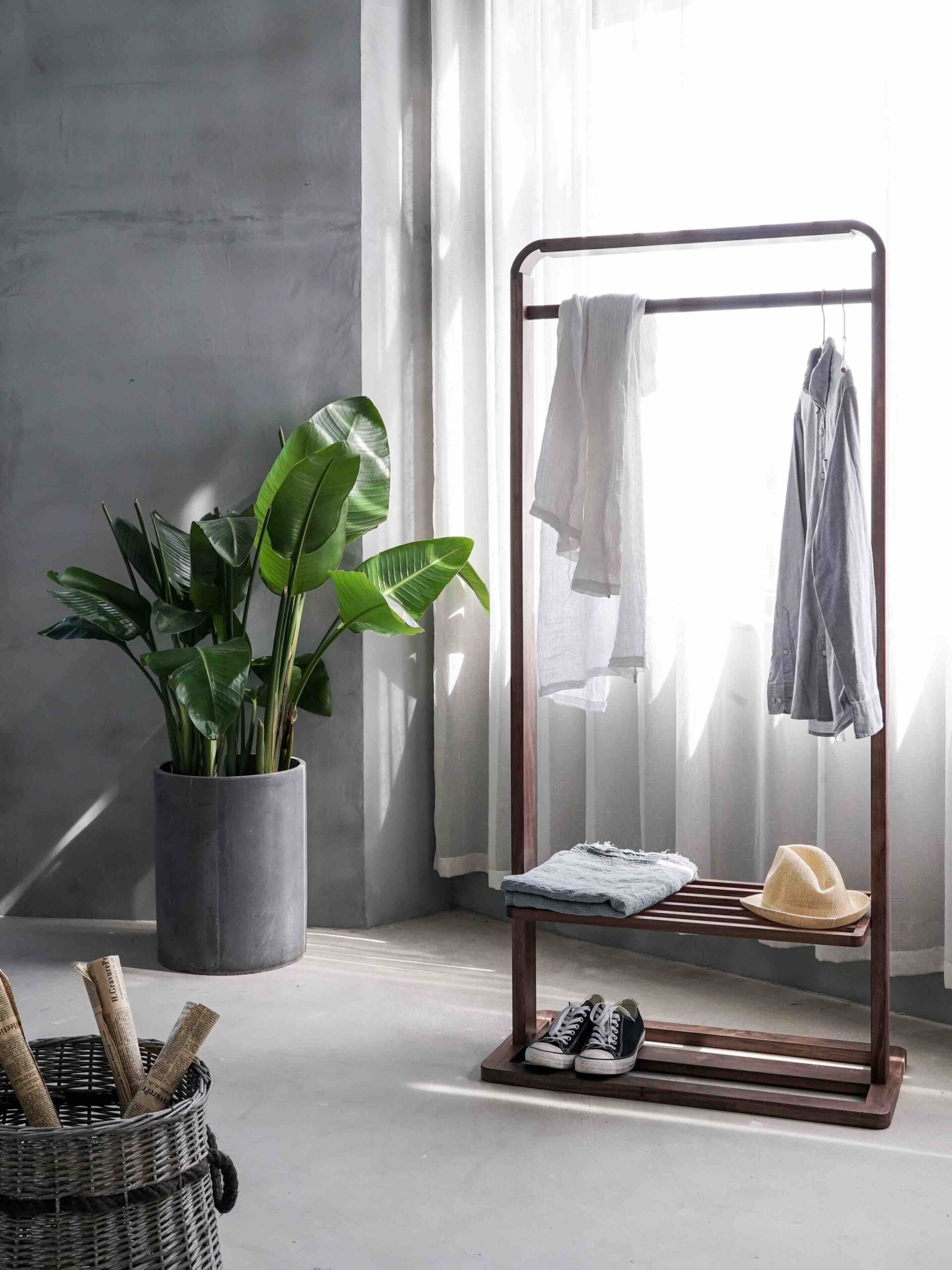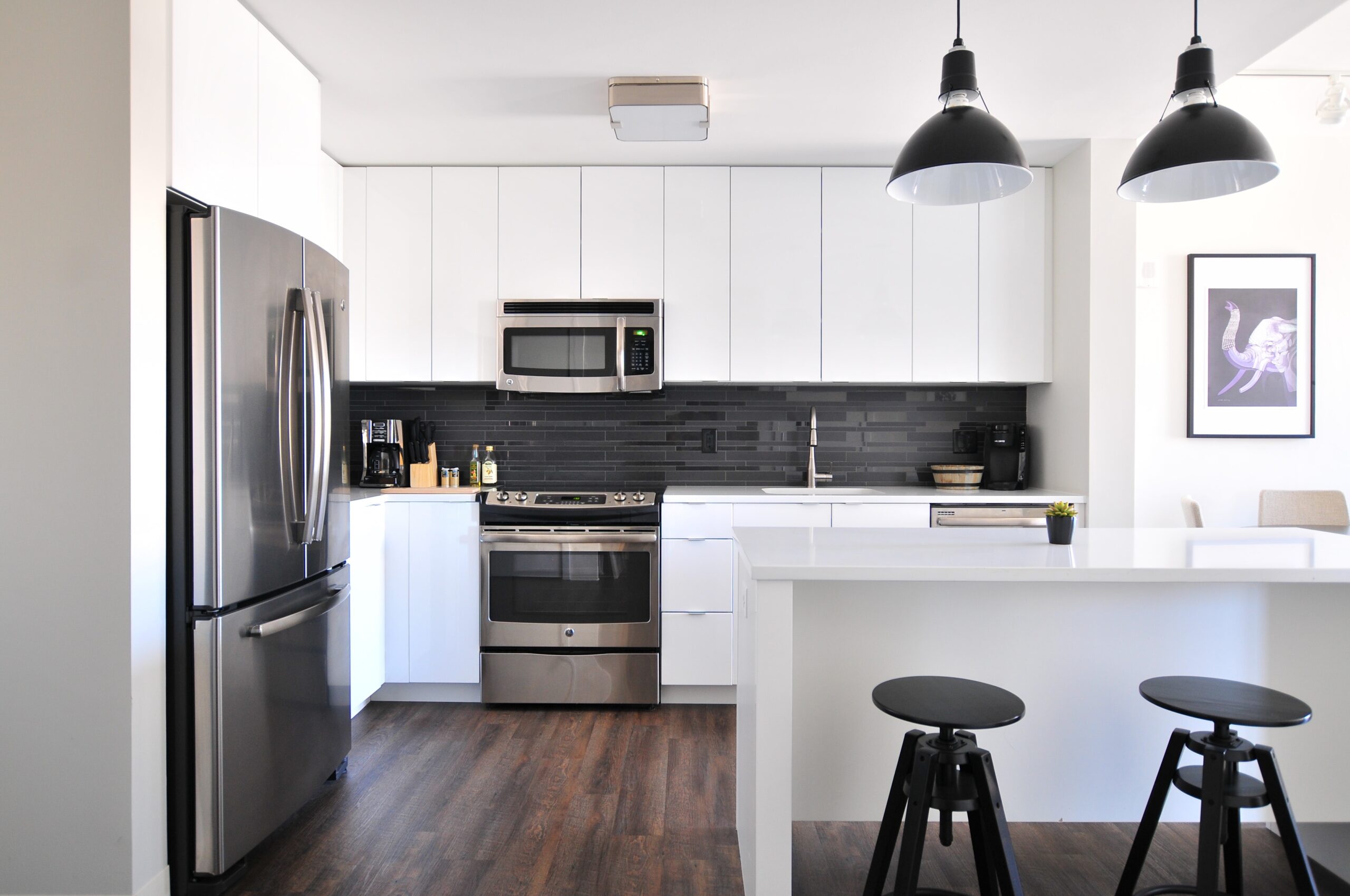When it comes to interior design, light plays a crucial role in creating the right ambiance and enhancing the overall aesthetic appeal of a space. Light not only illuminates the room but also influences the mood, perception, and functionality of the area. Understanding the different aspects of light and how to utilize them can transform any space into a visually pleasing and comfortable environment.
There are three main types of light used in interior design: natural light, ambient light, and task light. Natural light is the most desirable as it creates a sense of openness and brings a connection to the outdoors. It can be maximized by incorporating larger windows, skylights, or using light-colored walls and reflective surfaces to bounce the light around the room.
Ambient light, also known as general lighting, provides overall illumination to a space. It can be achieved through ceiling-mounted fixtures, chandeliers, or recessed lighting. Ambient light helps to create a warm and inviting atmosphere while ensuring that the room is well-lit.
Task lighting, on the other hand, is focused lighting that serves a specific purpose. It is used to illuminate work areas such as desks, kitchen countertops, or reading nooks. Task lighting can be in the form of table lamps, under-cabinet lights, or adjustable wall-mounted fixtures. It helps to improve visibility and prevent eye strain.
Lighting fixtures also play a significant role in interior design. They come in various shapes, sizes, and styles, allowing for customization to suit the overall theme of the space. Pendant lights, floor lamps, sconces, and track lighting are just a few examples of the many options available.
When designing a space, it is essential to consider the color temperature of the light. Warm light (yellowish) creates a cozy and intimate atmosphere, while cool light (bluish) gives a more energetic and vibrant feel. The choice of light bulbs, such as incandescent, fluorescent, or LED, will affect the color temperature.
Overall, light is a powerful tool in interior design. By understanding its different types, utilizing appropriate fixtures, and considering color temperature, one can create a well-lit and visually appealing space that enhances the functionality and ambiance of any room.

